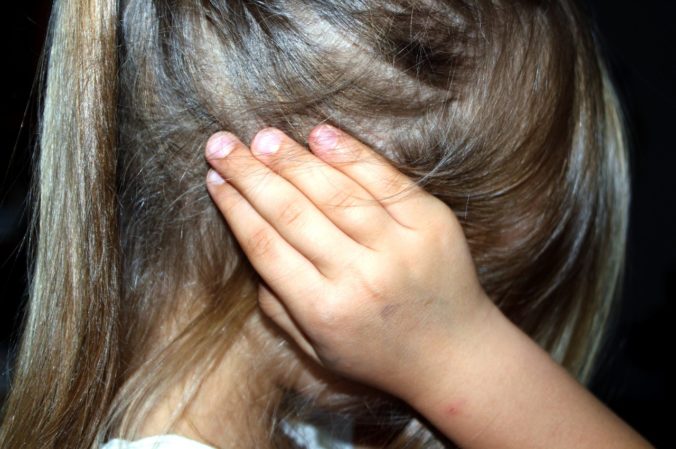A total loss of hearing is known as anacusis or deafness, and can affect one or both ears. Below we explain different types of deafness, their causes, symptoms, diagnosis and treatment.
Anacusis: definition and types
Anacusis, or total deafness, is a complete lack of auditory perception characterized by a degree of hearing loss of more than 120 dB. It is a rare phenomenon, as even with profound hearing loss of more than 90 dB, patients continue to perceive some sounds.
Complete loss of hearing in one ear is known as unilateral deafness; when it affects both ears, it is known as bilateral deafness.
Symptoms of total hearing loss
The most obvious symptom of deafness is the inability to perceive any kind of sound. However, in a very small number of people, sudden deafness is the first symptom of an underlying condition.
If deafness is present in infancy, the child will be deaf-mute, and the only sounds they will make will be inharmonious shouts, or noises when crying or laughing.

Causes of anacusis or total hearing loss
Total hearing loss has several causes, which may be congenital, genetic and/or acquired:
- Congenital causes (present at birth or shortly after birth)
- Genetic factors
- Deformities in the ear canal
- Problems during pregnancy and birth, including low birth weight, premature birth, hypoxia (lack of oxygen), jaundice and rubella.
- Use or abuse of ototoxic drugs (medication that harms the sensory cells in the inner ear, damaging the auditory nerve).
- Acquired causes (at any age)
- Inadequate treatment of Ménière’s disease
- Damage in the inner ear
- Chronic ear infections
- Infectious diseases such as meningitis or measles
- Traumatic head injury
- Continuous exposure to very loud noise
- Blockages in the ear canal caused by wax or foreign bodies.

Photo credit: a tu salud en línea
Diagnosis and treatment of total deafness
Total deafness can only be diagnosed by an ENT specialist. Anyone who suspects that they may be suffering from anacusis must immediately make an appointment to undergo a complete audiometric hearing test, which will determine the condition of the middle and inner ear, the ear canal and their hearing threshold.
The treatment method will depend on whether the deafness is unilateral or bilateral, and will take into account the possibility of reversing the damage suffered by the ear:
- If the deafness is unilateral, a hearing aid will be fitted to the affected ear.
- If the deafness is bilateral, a cochlear implant may be the most effective course of treatment.
In both cases, the hearing aid specialist and the ENT specialist will monitor the patient closely to assess the effectiveness of the treatment. In some cases of bilateral deafness, surgery and the use of hearing aids may be recommended.
If you would like to know more about the different degrees of hearing loss, we recommend you have a look at this article on how to diagnose any type of hearing loss.

0 Comments
2 Pingbacks